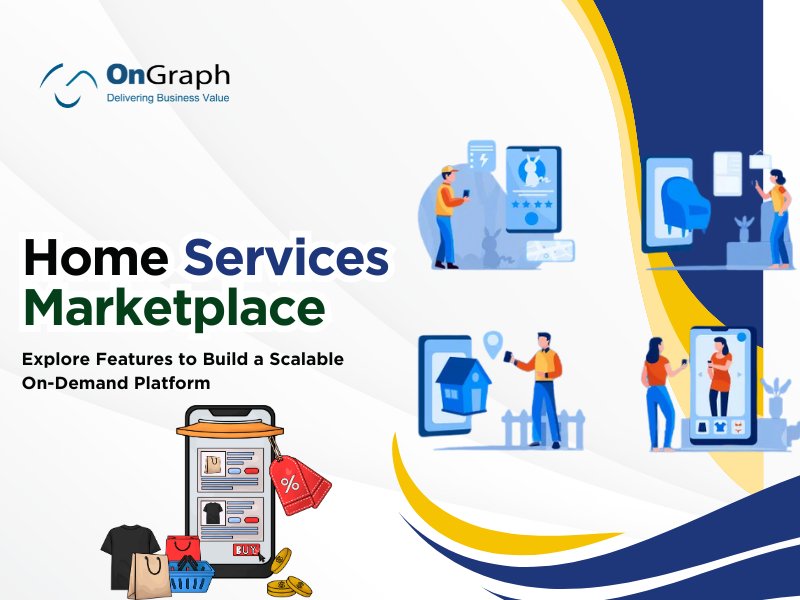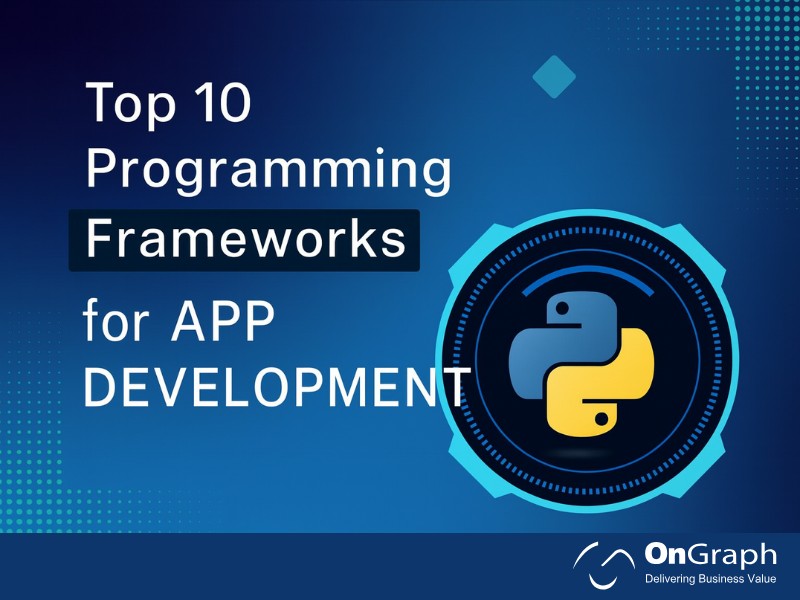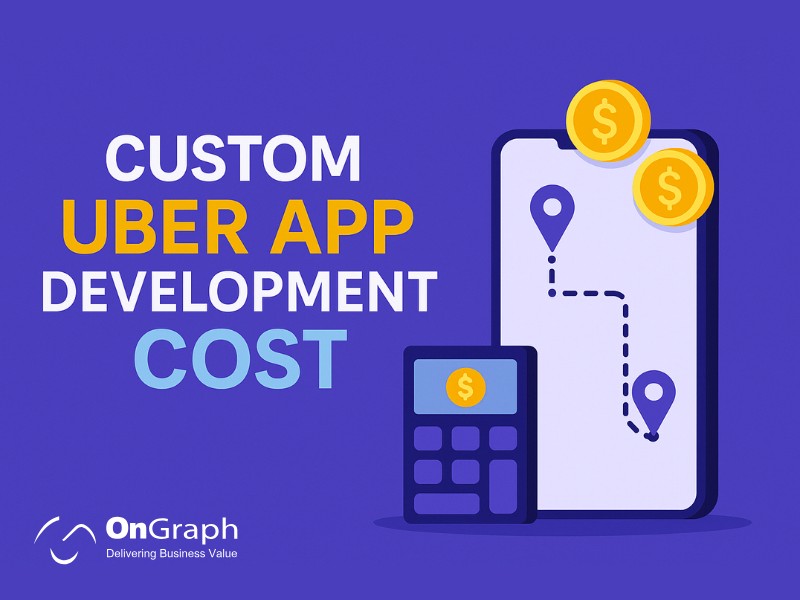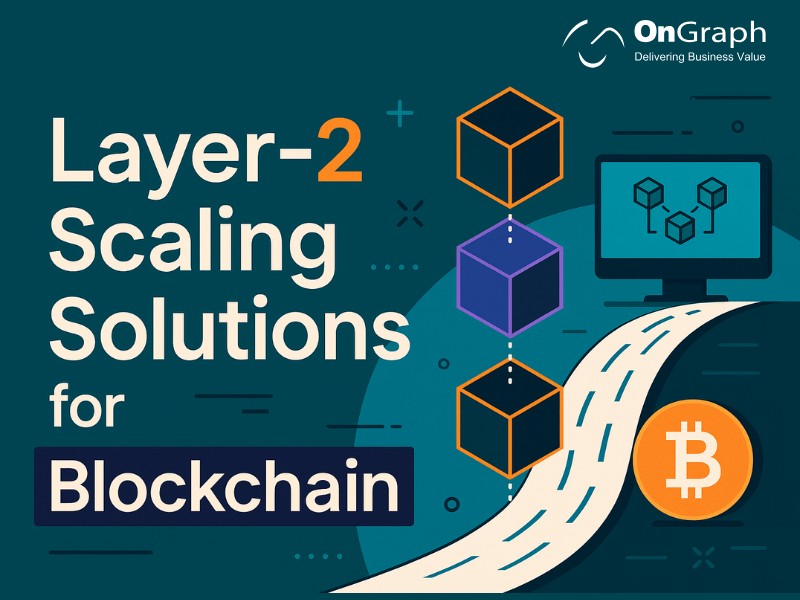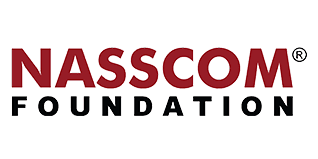In this article
- The Rising Demand for Online Home Services Marketplaces
- Why Home Services Marketplace Features Matter?
- Phase 1: MVP (Minimum Viable Product) — Core Launch Features
- Phase 2: Growth Stage — Automation, Retention, and Optimization
- Phase 3: Scale Stage — Intelligence, Compliance, and Trust
- Bonus: Technology Stack for a Scalable Marketplace
- Real-World Example (Anonymous)
- Monetization Models for Home Services Marketplaces
- Key Metrics to Track
- Common Challenges in Home Services Marketplace Development
- Future Trends in Home Services Marketplaces (2025 and Beyond)
- Conclusion
In today’s digital economy, customers expect instant access to trusted professionals—from cleaning and plumbing to electrical and beauty services. Behind every successful on-demand platform lies a well-architected product powered by the right home services marketplace features.
Whether you’re planning to build a home cleaning services app, an on-demand home services app development project, or a white-label home services app, the right mix of functionality can determine how fast you scale and how much trust your platform earns.
This comprehensive guide explores the 25 most critical Home Services Marketplace Features, divided into three development phases—MVP, Growth, and Scale.
The Rising Demand for Online Home Services Marketplaces
The global online home services market continues its upward climb.
According to Grand View Research (2024), the global on-demand home services market is expected to grow at a CAGR of 15.3% from 2024 to 2030, reaching nearly $12.8 billion by the end of the decade.
The surge is fueled by:
- Urban consumers’ preference for convenience.
- Rapid smartphone adoption and digital payments.
- Growth of gig economy platforms.
- Rising trust in verified service providers.
From startups in Singapore to enterprises in the US and UK, business owners are rushing to launch or upgrade their online home services marketplace to meet modern customer expectations.
Why Home Services Marketplace Features Matter?
Every successful platform—whether it’s for cleaning, maintenance, or beauty—shares the same foundation:
- Seamless booking flows for customers.
- Transparent provider experience for workers.
- Strong admin control for operators.
Without the right features, you risk slow adoption, missed bookings, and poor user retention.
Let’s dive into what makes a great home services marketplace from a functional and business perspective.
Phase 1: MVP (Minimum Viable Product) — Core Launch Features
Your MVP should focus on three key outcomes:
- Allow users to book a service easily.
- Allow providers to accept jobs efficiently.
- Give admins basic visibility and control.
1. User Onboarding & Authentication
- Fast signup through mobile, email, or Google.
- Add OTP-based login for verified and secure access.
2. Smart Search and Categorization
- Let users browse or search by service categories (cleaning, electrical, salon, pest control, etc.).
- Support multi-level subcategories and dynamic filters.
3. Real-Time Availability & Booking Calendar
- Enable customers to pick convenient dates and time slots.
- Sync with provider schedules to prevent overlaps.
4. In-App Wallet & Multiple Payment Options
- Offer credit/debit cards, UPI, and mobile wallets.
- Integrate Stripe or PayPal for safe and quick payments.
- Wallets encourage repeat bookings and faster checkouts.
5. Service Provider Profile & Verification
- Display provider photos, ratings, certifications, and years of experience.
- Verified providers increase platform credibility by 35%, according to Statista (2024).
6. OTP Check-In and Job Validation
- When providers reach the job location, users receive an OTP for verification—reducing fraud and missed appointments.
7. Instant Notifications
- Send push and SMS alerts for bookings, cancellations, and payments.
8. Ratings, Reviews & Feedback
- Enable users to share honest feedback.
- Positive reviews improve conversions by 30%, as reported by BrightLocal (2024).
9. Admin Dashboard (Basic)
- Monitor all transactions, users, and service requests.
- Provide CSV export for accounting and operational audits.
10. Basic Analytics & Reports
- Track metrics like active users, daily bookings, and cancellations.
- Early analytics help refine pricing and service coverage.
Phase 2: Growth Stage — Automation, Retention, and Optimization
Once your MVP performs well and you’ve achieved product-market fit, it’s time to optimize automation and experience.
11. Auto-Assignment Logic
- Automate task allocation based on proximity, availability, and provider ratings.
- This ensures quick response times and balanced workloads.
12. Subscription & Package Models
- Introduce recurring subscriptions (weekly/monthly) and packages like “10 cleaning sessions in 6 months.”
- This builds predictable revenue and customer loyalty.
13. Route Optimization for Providers
- Optimize routes for multi-stop jobs to reduce travel time and fuel costs.
14. In-App Chat with Safety Filters
- Allow communication between users and providers within the app.
- Integrate third-party libraries that detect phone numbers and emails to prevent off-platform contact.
15. Dispute Resolution & Refund Management
- Enable smooth refund and dispute handling.
- Offer image uploads as proof of service for fairness.
16. Promotions, Coupons & Referrals
- Run campaigns and loyalty programs to encourage referrals.
- Platforms offering referral bonuses see 25% higher engagement.
17. Automated Invoicing & Taxation
- Include GST/VAT based on the country.
- Make invoices downloadable directly from the app.
18. Role-Based Admin Access
- Give super admins, support teams, and partners restricted dashboards for privacy and control.
19. Multi-Language & Multi-Currency Support
- For international expansion, offer local language and currency options.
- This increases conversions by 20–30% in new markets.
20. Push Marketing Campaigns
- Send targeted push notifications for offers, reminders, and seasonal discounts.
Phase 3: Scale Stage — Intelligence, Compliance, and Trust
Once you’re handling thousands of users, scalability and compliance become essential.
21. AI-Driven Recommendations
- Use customer behavior data to suggest frequent or related services.
- Example: If a user books deep cleaning, suggest pest control or sofa cleaning.
22. Dynamic Pricing and Surge Management
- Allow variable pricing based on demand, season, and provider availability.
23. Customer Segmentation
- Categorize users by purchase frequency and lifetime value to improve retention.
24. Advanced Analytics & BI Dashboards
- Use visual dashboards to track revenue, utilization, and provider performance.
25. Compliance, PDPA & Data Security
- Ensure compliance with Singapore’s PDPA or global GDPR standards.
- Secure personal data using SSL and encrypted databases.
Bonus: Technology Stack for a Scalable Marketplace
| Layer | Recommended Tech | Notes |
| Front-End | Flutter, React Native | Cross-platform app development |
| Backend | Laravel, Node.js | Secure APIs & fast scalability |
| Database | MySQL, MongoDB | Manage structured and flexible data |
| Payments | Stripe, PayPal | Reliable & global acceptance |
| Notifications | Firebase | Real-time communication |
| Hosting | AWS, GCP | Cloud scalability with auto-scaling |
Real-World Example (Anonymous)
A regional cleaning platform launched its MVP with booking, payments, and OTP features.
Within six months, after adding subscriptions and auto-assignment, its revenue grew by 40%, and customer churn dropped by 18%.
This shows that even small improvements in automation and UX can yield major business impact.
Monetization Models for Home Services Marketplaces
- Commission-Based Model: Earn a percentage from each transaction.
- Subscription Model: Charge providers a monthly fee to access leads.
- Freemium Model: Offer basic features free and advanced tools (analytics, promotions) as paid upgrades.
- Advertising Model: Sell ad placements or featured listings.
- Corporate Partnerships: Offer managed cleaning or maintenance for offices and housing societies.
Key Metrics to Track
- Booking conversion rate: % of users completing a booking.
- Provider acceptance rate: % of jobs accepted vs. assigned.
- Repeat booking rate: Measures loyalty.
- Average revenue per user (ARPU).
- Customer satisfaction score (CSAT).
Monitoring these KPIs regularly can help you optimize operations and marketing campaigns.
Common Challenges in Home Services Marketplace Development
| Challenge | Solution |
| Irregular provider schedules | Implement smart scheduling & slot management |
| Off-platform transactions | In-app chat filters & wallet incentives |
| Cancellations | Penalty & refund policies |
| Payment failures | Multi-gateway redundancy |
| Scalability | Cloud auto-scaling & microservices |
- Keep the booking flow under three taps.
- Use a mobile-first design; over 80% of users book from smartphones.
- Maintain transparency with real-time tracking and ratings.
- Offer instant support via chat or AI-based ticketing.
- Regularly update app versions for performance and security.
Ready to Build Your Home Services Marketplace? Let’s Launch It Together
Future Trends in Home Services Marketplaces (2025 and Beyond)
- Voice booking assistants: Allow users to book via smart speakers.
- Predictive maintenance: Suggest services before breakdowns occur.
- Sustainability: Highlight eco-friendly cleaning or repair solutions.
- AI analytics: Forecast demand based on seasonal and user trends.
- Blockchain verification: Enhance trust in service credentials.
Conclusion
Building a home services marketplace is more than just developing an app—it’s about creating a trusted ecosystem.
Focusing on the right Home Services Marketplace Features at each stage helps you scale efficiently and earn user trust.
From onboarding and booking to automation and analytics, these 25 features form the foundation of a sustainable business.
Whether you’re launching your first on-demand home services app development project or enhancing an existing online home services marketplace, a clear roadmap and the right technology partner make all the difference.
FAQs
An MVP should include onboarding, service search, calendar booking, secure payments, and ratings.
These ensure a functional start and gather data for optimization.
Building a custom app takes 8–12 weeks for MVP and 16–20 weeks for a scalable version.
Using a white-label home services app development approach can cut this in half.
Start with commissions or fixed subscriptions for providers.
Add promotions and premium listings once the user base grows.
Use Flutter for apps, Laravel/Node.js for backend, and AWS for hosting.
They provide scalability and cost-efficiency.
Wallets simplify repeat payments, speed up checkouts, and encourage user retention.
You can also issue cashback or credits for loyalty.
Integrate third-party KYC APIs.
Store verification proofs securely and update records periodically.
About the Author
Let’s Create Something Great Together!
Latest Blog

